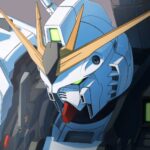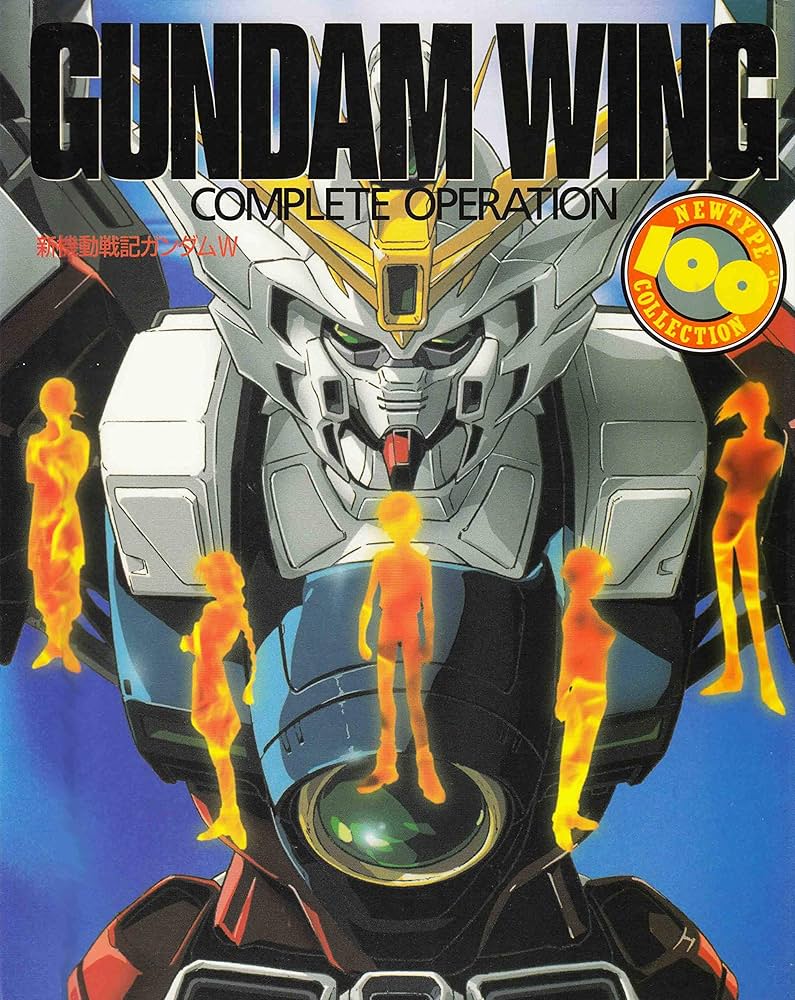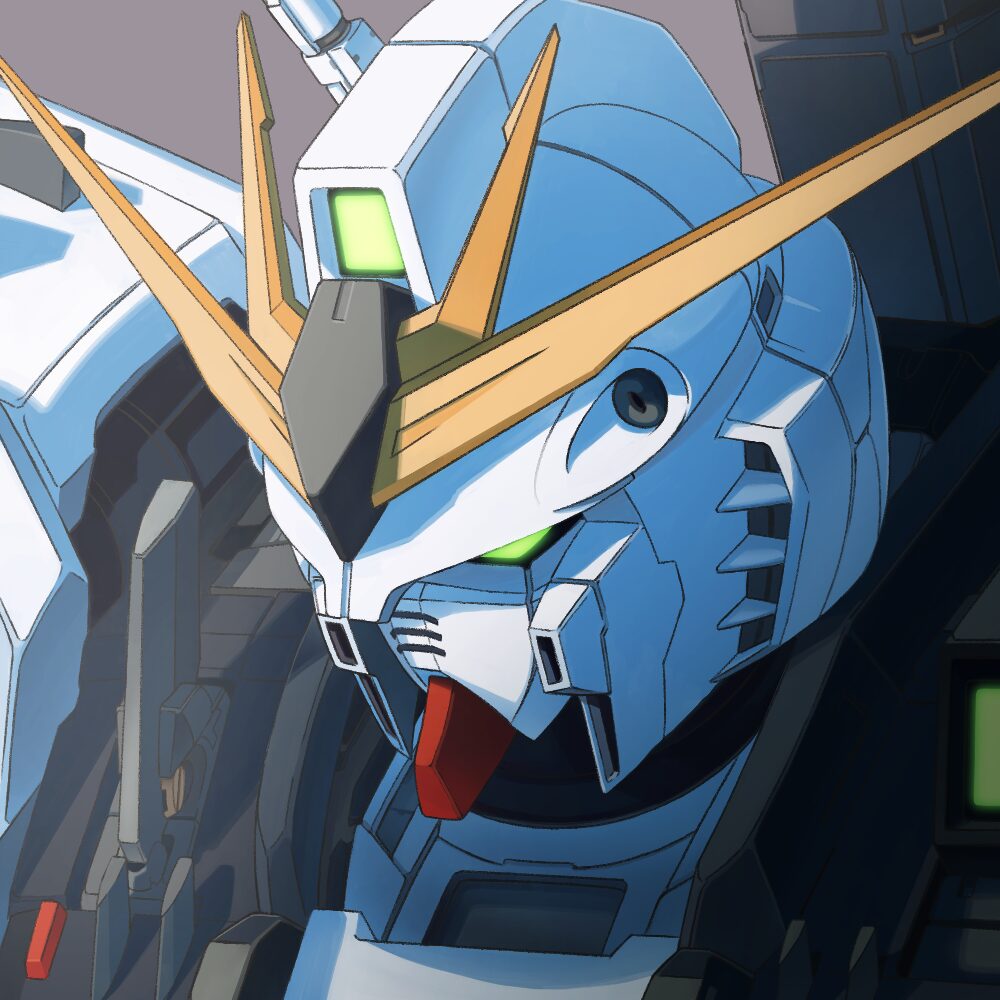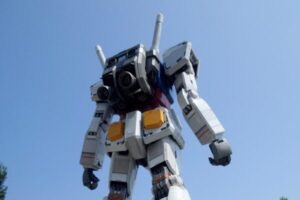【Intro】
In 1996, six months after Mobile Suit Gundam Wing finished airing, director Masashi Ikeda offered a deep, philosophical reflection on the themes of the series. Rather than focusing on external conflicts, he emphasized inner struggles, the burden of emotion, and the loneliness of individuality in society. This article first summarizes that rare interview, and then presents a set of fan reactions that reflect how the message of Gundam Wing still resonates today.
Source:
This article draws from a Japanese-language interview originally published in:
Title: 新機動戦記ガンダムW: COMPLETE OPERATION (ニュータイプ100%コレクション 28)
English Title: Mobile Suit Gundam Wing: COMPLETE OPERATION (Newtype 100% Collection Vol. 28)
Publisher: KADOKAWA
Publication Date: November 1, 1996
ISBN-10: 4048526693 / ISBN-13: 978-4048526692
The translated excerpts and summaries are provided for non-commercial, educational use under fair use guidelines.
Part 1: Key Excerpts and Summary from Ikeda’s Interview (1996)
1. Society vs. the Smile
“I believe all people need to live with joy and a smile—but society doesn’t allow it. Society forces upon us complicated emotions that contradict our inner selves. These contradictions produce stress and high-risk emotions, which are ironically the most honest. Yet they are the furthest from a smile.”
2. The Inner and Outer Self
“We live with both inner and outer selves, and what we call ‘personality’ is often just a socially accepted mask. We lie to protect ourselves. Pure individuality exists before any concept of a group, yet once we are in society, that individuality is distorted by external expectations.”
3. On Individualism and Ethics
“Individualism sounds noble, but without social ethics, it becomes self-indulgent. True individuality can exist within social ethics. I felt a quiet strength in these characters—something new, something pure.”
4. Fighting as a Form of Purity
“It’s difficult to define ‘evil’. Even someone fighting on the outside may be heroic on the inside. Maybe those who are truly pure can only protect themselves through fighting.”
5. The Characters’ Emotional Core
“I didn’t want to portray outward expressions—I wanted to chase inner ones. Twisted laughter, the reason they gave up smiling, their internal struggle and rejection… I wanted them to carry a high-risk emotional sensitivity they could never abandon.”
6. On Character Design and Empathy
“Murase’s designs gave them both strength and kindness. As I continued to ‘talk’ to the characters, I realized that their purity helps us organize our own inner selves. His work has emotional force that dives into the human core.”
Part 2: Fan Reactions and Interpretations
“So… is Heero the heart of the universe?” This fan reaction draws from Ikeda’s notion that high-risk emotion—such as Heero’s cold demeanor—is actually the most genuine. His refusal to smile is a reflection of deep emotional overload.
“So that’s why Treize fought the way he did…” Treize’s contradiction—an aristocrat and soldier who embraces both individuality and responsibility—embodies Ikeda’s point about ethical individuality within society.
“People think Ikeda’s comment explains everything, but in reality, the second half was likely handled by Takamatsu.” “Honestly, the latter half felt too stable and kind of dull… I preferred the wild ride under Ikeda.” These fans speculate that Ikeda stepped down midway, possibly around episode 34 (“And Its Name Is Epyon”), and that the tone shift reflects a change in leadership. Some feel the earlier episodes had a more eccentric and impactful narrative.
“Ikeda clashed with sponsors during Samurai Troopers and even with Capcom during Street Fighter. He really sticks to his vision.” This comment adds context to Ikeda’s intense creative personality. His clashes may explain both the brilliance and instability of his directorial style.
“Tomino once explained that Heero’s line to Relena—‘I will kill you’—was really his way of saying ‘stay away, I’m dangerous.’” “Relena, being wise and strong-willed, understands this and still chooses to engage with him.” These reactions reflect how fans interpret Heero’s words as an act of self-awareness, not aggression—aligning with Ikeda’s idea of internal conflict and expression.
“From the point Takamatsu takes over, the show becomes more stable… but loses some of its eccentric charm.” “TV anime really walk a fine line between confusion and cohesion.” A common sentiment is that Gundam Wing walked a tightrope between chaos and control. Stability brought coherence—but some felt the magic faded.
“Episode 34 had Takamatsu on storyboard, so maybe that’s the transition point.” “The pacing and tone clearly shift after the fall of the Sanc Kingdom. Ikeda likely stayed involved through the script until then.” These comments help reconstruct the timeline of the production shift, with viewers identifying narrative changes in tone and pacing.
 web master
web masterDirector Ikeda’s 1996 reflection paints Gundam W not as a war story, but as an emotional, philosophical study on purity, identity, and the burden of being human within society. Whether through Treize’s ideals or Heero’s silence, the series invites us to examine ourselves—and that’s why fans are still decoding it nearly 30 years later.











COMMENT